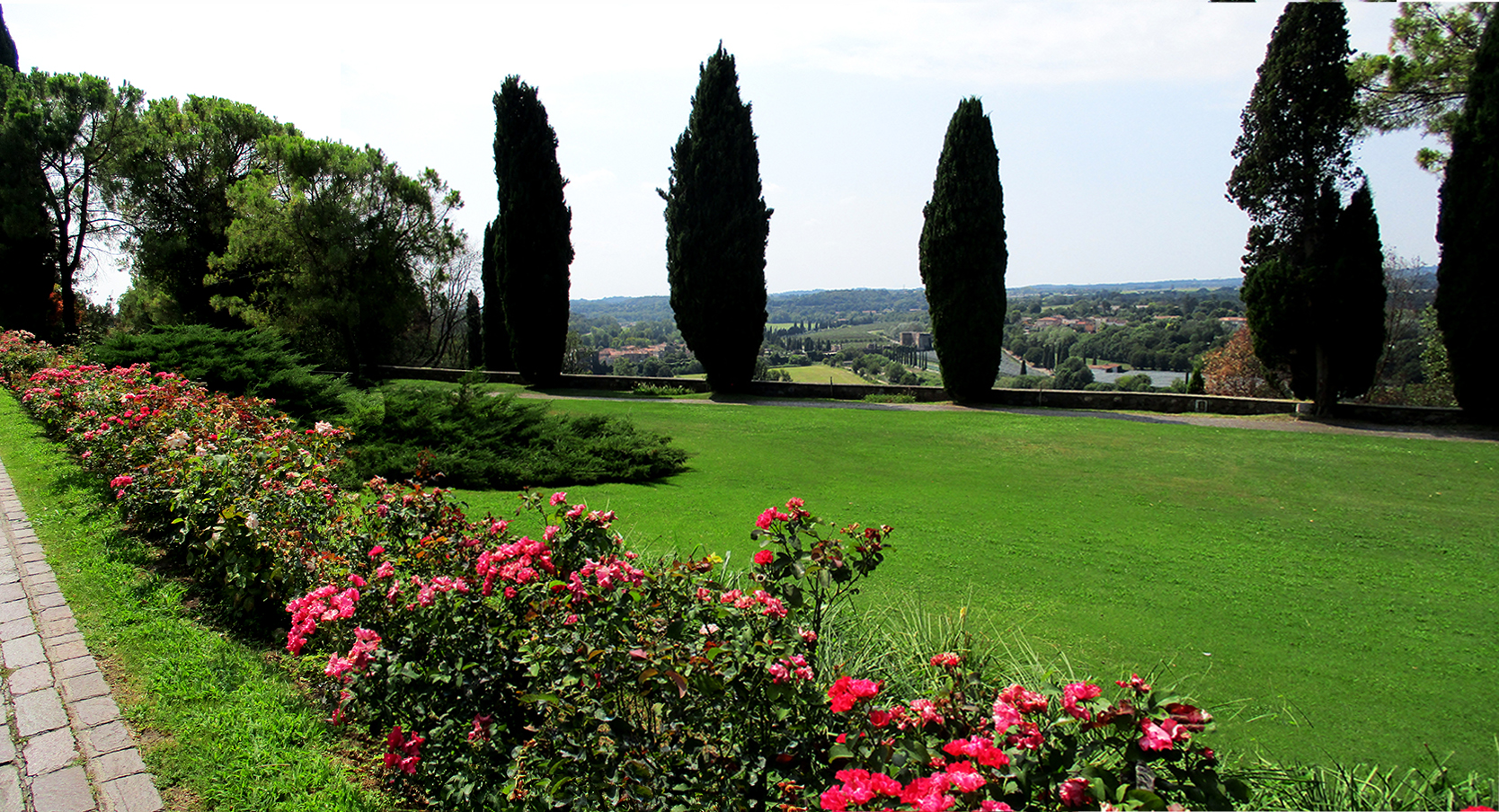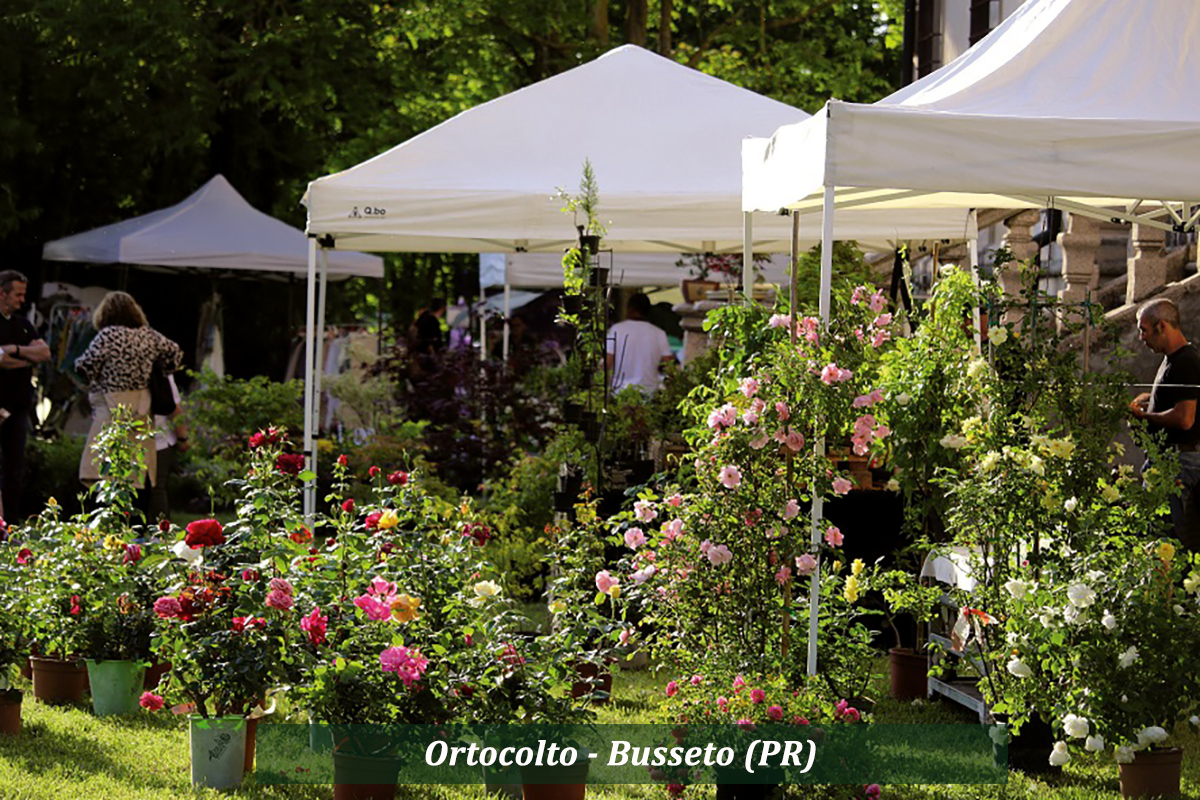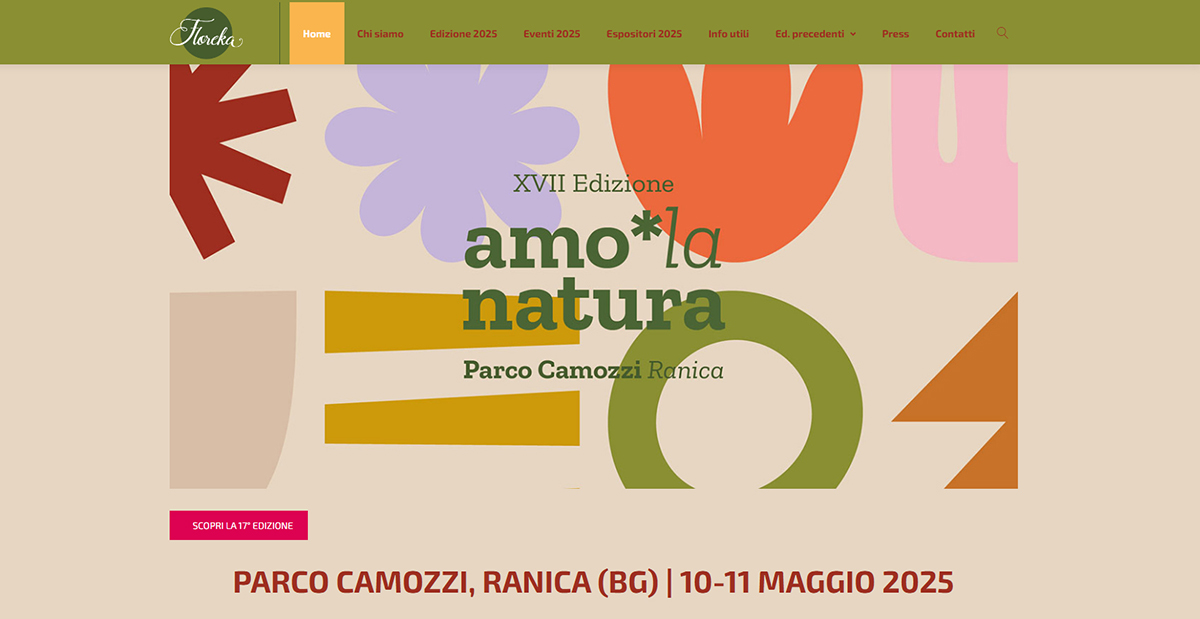Punica granatum, or pomegranate, is a deciduous plant native to southwestern Asia, widespread in the Mediterranean basin. It is long-lived with twisted branches and shiny leaves. It blooms from May to August with red-orange flowers. The fruits, globose and leathery, ripen in autumn. It prefers well-drained soil and tolerates drought and temperatures down to -10°C. The fruit, rich in juicy edible seeds rich in cultural symbolism, is appreciated in cooking and also used for tinctures and astringent preparations.
IDENTIFICATION
Scientific name:
Punica granatum.
Italian common name:
Melograno
Family:
Lythraceae (previously Punacaceae)
Origin:
Native to southwestern Asia up to the Himalayan regions. Since ancient times, however, it has been cultivated in the Mediterranean basin where it is very common.
Enviorment:
typical plant of the temperate Mediterranean areas, where it is part of the maquis. Predilige ambienti caldo temperati anche se manifesta una discreta resistenza al freddo.
Evergreen or deciduous:
deciduous
Toxicity:
not known
PLANT RECOGNITION
Height:
3 – 5 mt.
Width (extension):
2 – 3 mt.
Habit:
Shrub often thorny in nature, but also cultivated as a small tree by removing the suckers from the base. Rounded shape.
Leaf:
The leaves are opposite or sub-opposite, narrow and elongated, with entire margin at times a little sinuous and rounded apex, at first reddish rusty, when adults they are glossy, light green in colour, with evident central vein, up to 8 cm long and 2cm wide. The winter loss of leaves is late compared to other coppice species, occurring at the end of autumn or beginning of winter.
Flower:
The flowers are, in the botanical species, of a lively red colour, of about 3 cm of diameter and have three-four petals (many more in some horticultural varieties, some vegetable or garden varieties are cultivated only for the flowers, some varieties are white or pink in color)
Flowering:
june – october
Fruit:
The fruit (pomegranate or grenade) is a berry (called Balausta) of a very robust consistency, with a very hard and leathery skin, it has a round or slightly elongated shape, sometimes sub-hexagonal, with a diameter of 5 to 12 cm and a strongly conditioned by the variety and, above all, by the cultivation conditions. The red seeds, in some varieties, are surrounded by a translucent pulp colored from white to ruby red – the only edible part of the plant – more or less acidic and, in the edible fruit varieties, sweet and fragrant. In the apical position (opposite the petiole) the fruit bears a characteristic robust crown with four-five pieces, which are remnants of the floral calyx. The fruit ripens in October-November, depending on the variety.
Trunk:
Often twisted. Gray bark that flakes off in lighter patches over time, decorative.
Perfume:
not
NEEDS
Light Exposure:
full sun
Soil type:
it is undemanding about the nature of the terrain. It tolerates limestone well and although it resists drought well, flowering and fruiting are more generous if the roots encounter a little humidity and freshness in depth. It does not adapt to very heavy soils, with a high clay content and asphyxiated as it fears water stagnation
Soil acidity:
It prefers soils with a neutral pH, but tolerates alkaline or salt-rich soils.
Italian climatic area:
It is reported as an adventitious species in almost all of Italy
Need for water:
In the ground only in cases of prolonged drought. In vase it should be watered regularly. If they are grown for flowering and for fruit, it is advisable to water before and during flowering, to encourage the development of healthy flowers and large fruits
Pruning:
Pruning for the shrub version is not particularly demanding as the plant has a naturally tidy globular shape. If, on the other hand, you want to grow trees, pruning is essential. Pomegranate trees, in fact, tend to produce many basal suckers, and if the internal and external shape of the tree is not controlled, even fruit harvesting becomes difficult.
The best time to prune the pomegranate, as for all fruit trees, is between September and October if the harvest has finished, or between February and March.
Diseases:
the most frequent adversities of the Pomegranate are animal parasites: aphids infesting the vegetation (A. fabae, A. gossypii ecc.); Metcalfa pruinosa that soils and infests the shoots; the hymenoptera apis Megachile sp which “cuts” the leaf margins to use the leaf residues in the construction of the nest; scale insects infesting vegetation and woody organs(Ceroplastes sp, Planococcus sp ecc.). Disease agents (fungi, bacteria and infectious entities): fungal root rots from Phymatotrichum omnivorum and Armillaria mellea; necrotic spots on fruits and leaves from fungi Sphaceloma punicae and Mycosphaerella lythracearum; fungal fruit rot from Botrytis, Alternaria, Aspergillus and Penicillium
PARTICULARITY
The flowers, which contain tannin and color the saliva violet, are used for the preparation of astringent potions; and for the same purpose the bark and the root are used, particularly in cases of vaginal and intestinal haemorrhages.
Catone also spoke of the vermifuge properties of the pomegranate.
Annotations
There are many historical stories related to the pomegranate, dating back to its discovery in the Bronze Age. It appears on the bas-reliefs of ancient Egypt, in the Odyssey, in the hanging gardens of Babylon. The Romans discovered it in Carthage and therefore called it Malum punicum – Apple of Carthage. In Spain he is introduced by the Moors in the gardens of the Alhambra: the city of Granada will make a great fortune thanks to him, consequently deciding to give his name to the city. For the Greeks it was the symbol of rebirth and life, but also of the cycle of the seasons and of death. Today in Italy it is given at Christmas or New Year’s as a sincere wish for luck, health and prosperity.
The peel of the unripe fruits, strongly tannic, is used to extract a red dye for the tanning of that particular type of leather which goes by the name of “Moroccan” and for the coloring of oriental carpets. Until recently, an excellent ink was extracted from the pericarp of the fruit.
In the kitchen:
sweet and fragrant edible fruit
Now on horseback! Work awaits us! Our new wonderful outdoor space is about to be born!
GOOD WORK and…if you have any questions, write to info@mondodelgiardino.com
Image sources: thanks to Pixabay and many thanks to Samuele Schirò for the cover image, Lynn Greyling for the flower, Peggychoucair for the fruit, Iris Hamelmann for the closing image and houzz.it for the dwarf variety.





















